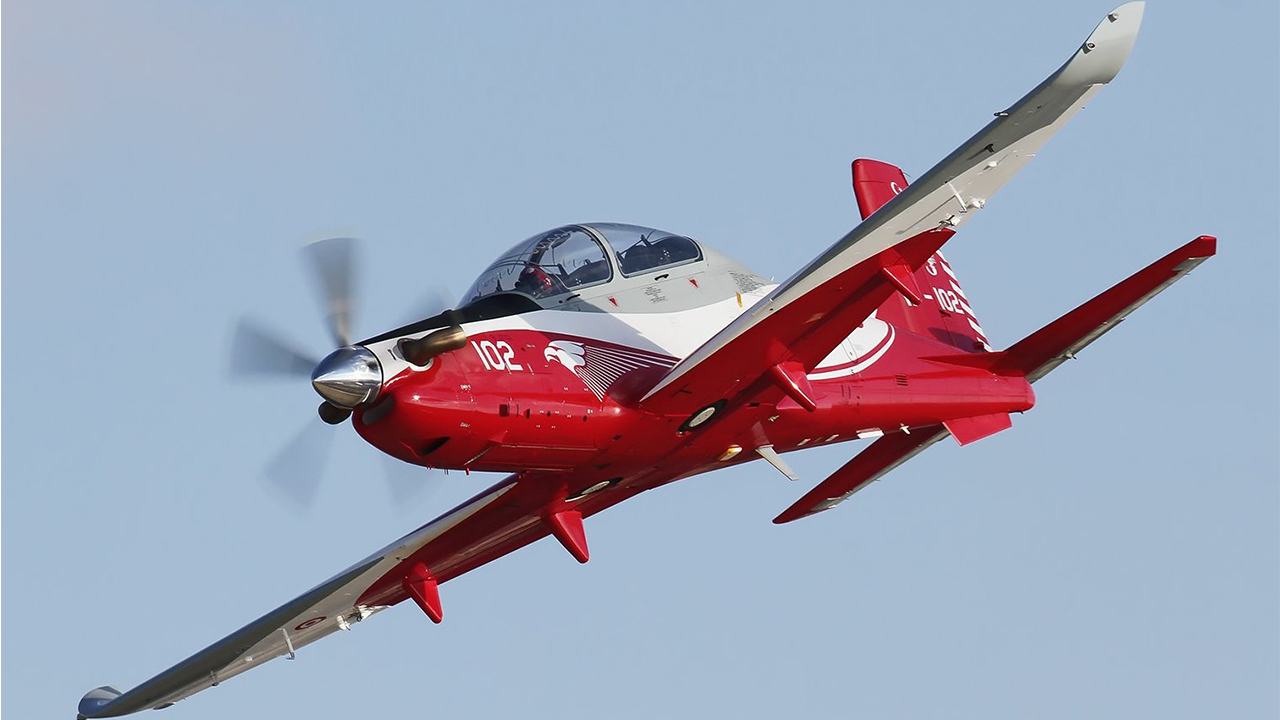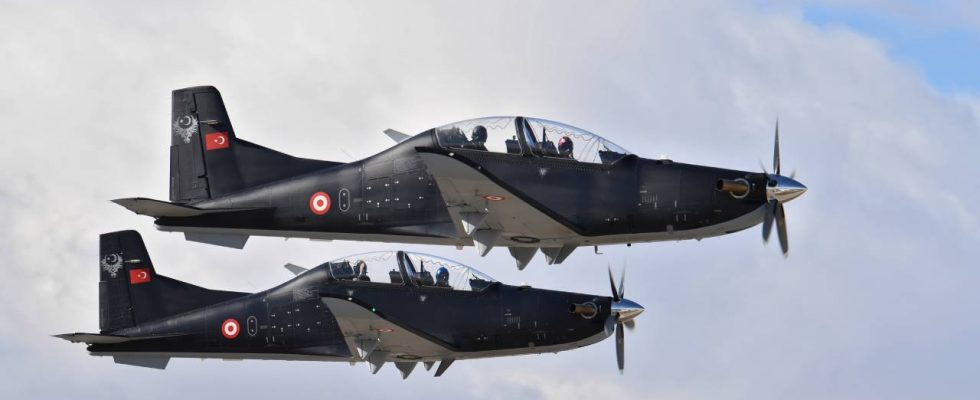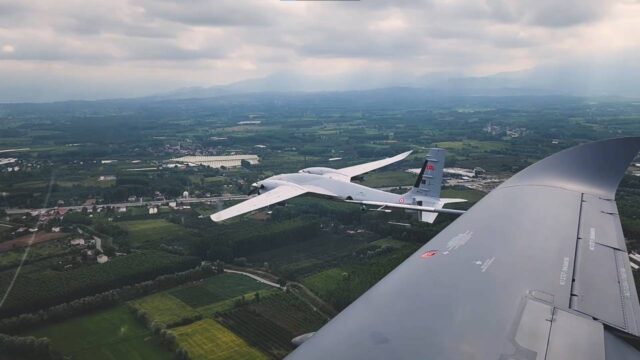Although Hürkuş-2 is an aircraft designed for basic flight training and fighter pilot combat readiness flight training, it can do much more and take part in active missions. Turkish Aerospace Industries (TUSAŞ) has also set a target of delivering 55 Hürkuş-2 aircraft to the Turkish Air Force. These aircraft will be used especially for training young pilots and close air support missions. So what happened to the 15 Hürkuş units delivered?
55 Hürkuş-2s are coming! What happened to the delivered Hürkuş?
Within the scope of the project, which was developed with significant improvements on the previous versions of Hürkuş-2, the production of the aircraft continues and its first flight is planned to take place in June. Its armed variant, called Hürkuş-C, attracted attention with its successful flight/shooting tests and was in demand from abroad.

In order to meet the demands in Africa, 15 Hürkuş-C aircraft produced for the Turkish Air Force were exported to African countries in urgent need. Now, the more advanced Hürkuş-2 will join the inventory of the Turkish Air Force 122nd Basic Jet Flight Training Squadron. A total of 55 Hürkuş-2s are planned to be delivered by the end of 2025.
Advantages of Hürkuş-2:
- Lightweight structure:
- Hürkuş-2 has a lighter structure than previous versions. This allows the aircraft to offer higher performance and maneuverability.
- Advanced avionics systems:
- The aircraft’s avionics systems have more modern and advanced features than the previous generation. This offers pilots more comprehensive training.
- Weapon and ammunition integration:
- Hürkuş-2 will be more capable than previous versions in terms of weapons and ammunition integration. This will enable the aircraft to be more effective in the transition from training to combat missions.
Hürkuş-C features
- Technicial Specifications
- Length: 11.17m
- Body length: 10.8m
- Height: 3.70m
- Body height: 2.16m
- Body Width: 1.01m
- Wingspan: 10.91m
- Wing area: 16.76 m2
- Motor power
- Engine: 1x PT6A-68T Pratt&Whitney Canadian production turboprop aircraft engine
- Motor power: 1,600 HP
- 1,400 HP TEI TS1400 may be used in the future.
- Performance
- Maximum speed: 310 KCAS (574 km/h)
- Maximum cruising altitude: 34 thousand 700 ft (10 thousand 577 m)
- Maximum airborne time: 4 hours and 15 minutes at 15 thousand ft altitude
- Maximum climbing speed: 4 thousand 370 ft/min (22 m/s)
- Maximum range: 798 nautical miles (1,478 km)
- Takeoff distance: 1,605 ft (489 m)
- Landing distance: 1,945 ft (593 m)
- Stall speed: 77 KCAS (143 km/h)
- G limits: -3.5/+7g
- Weaponsystems
- MK-81 and MK-82 and their derivatives,
- Domestic HGK-3, KGK-82, UMTAS, Cirit
- 12.7 and 20 mm gun systems
- 2.75 inch rockets
- Laser guided munitions
- Training bombs (BDU33 and MK106)
- External fuel tanks
- Other systems
- Night vision,
- Digital crypto communication,
- New generation Avionic systems,
- Armored structure and protection systems
- Thermal imaging and sights
What do you think about this issue? Don’t forget to share your opinions with us in the comments!

